Astronauts May be Stuck in Space Until 2025: It Could Have Deadly Effects on The Body
NASA astronauts Suni Williams and Butch Wilmore embarked on a mission aboard Boeing’s new Starliner capsule with a planned two-week stay. However, due to safety concerns, they may now be staying until February 2025.
It turns out that this unexpected extension could have significant effects on their health as they continue to orbit Earth aboard the International Space Station (ISS).
The Situation
In early June, astronaut Barry “Butch” Wilmore and Sunita “Suni” Williams launched off in Boeing’s Starliner on a trip to the ISS. The trip was supposed to last about eight days, but they’ve spent nearly three months in space.
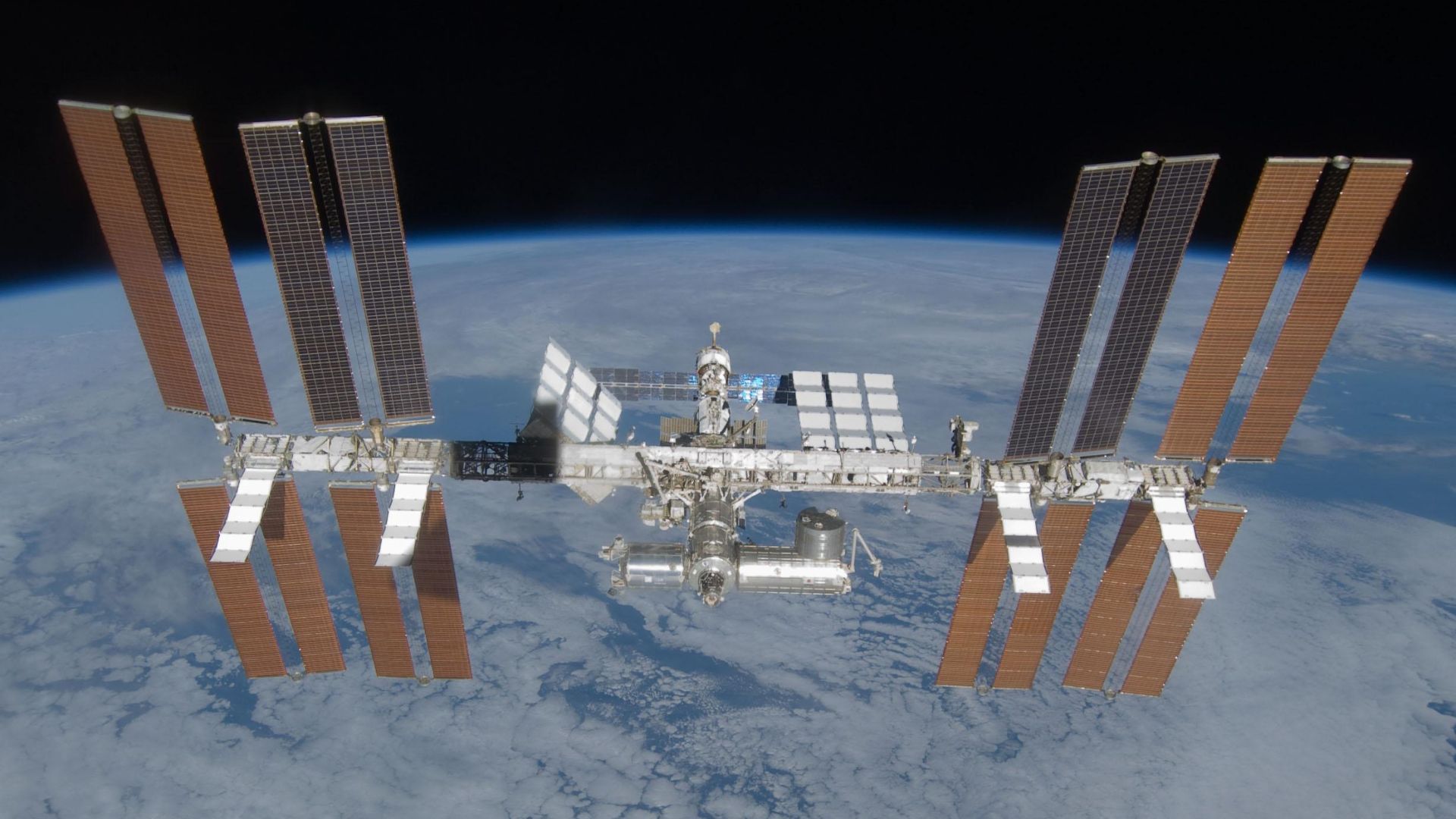
Source: NASA/Wikimedia Commons
NASA and Boeing spent weeks investigating the cause of helium leaks and thruster malfunctions, which they observed as the Starliner approached the station.
Concerns Around the Starliner
Concerned about the safety of the astronauts, Boeing and NASA reported that Wilmore and Williams would be staying in space for a bit longer as they try to figure out how to ensure the Starliner was safe enough to return them home.

Source: NASA/Joel Kowsky/Wikimedia Commons
But that promise of a fix is nowhere to be found. Now, Elon Musk’s company, SpaceX, has stepped up to finish a job Boeing started.
The Uncertainties in Space
“It’s been a long summer for our team,” said Steve Stich, the manager of NASA’s Commercial Crew Program, who said that the situation with the thrusters was too complicated to know whether or not they might fail at a critical time. “There was just too much uncertainty in the prediction of the thrusters.”

Source: Wikimedia
“Space flight is risky, even at its safest and even at its most routine. And a test flight, by nature, is neither safe nor routine,” NASA Administrator Bill Nelson said at a press briefing on Saturday.
The Risks of Prolonged Spaceflight
Long-term space travel is not without its risks. Prolonged exposure to space radiation can increase the likelihood of developing cancer, heart disease, and cataracts.
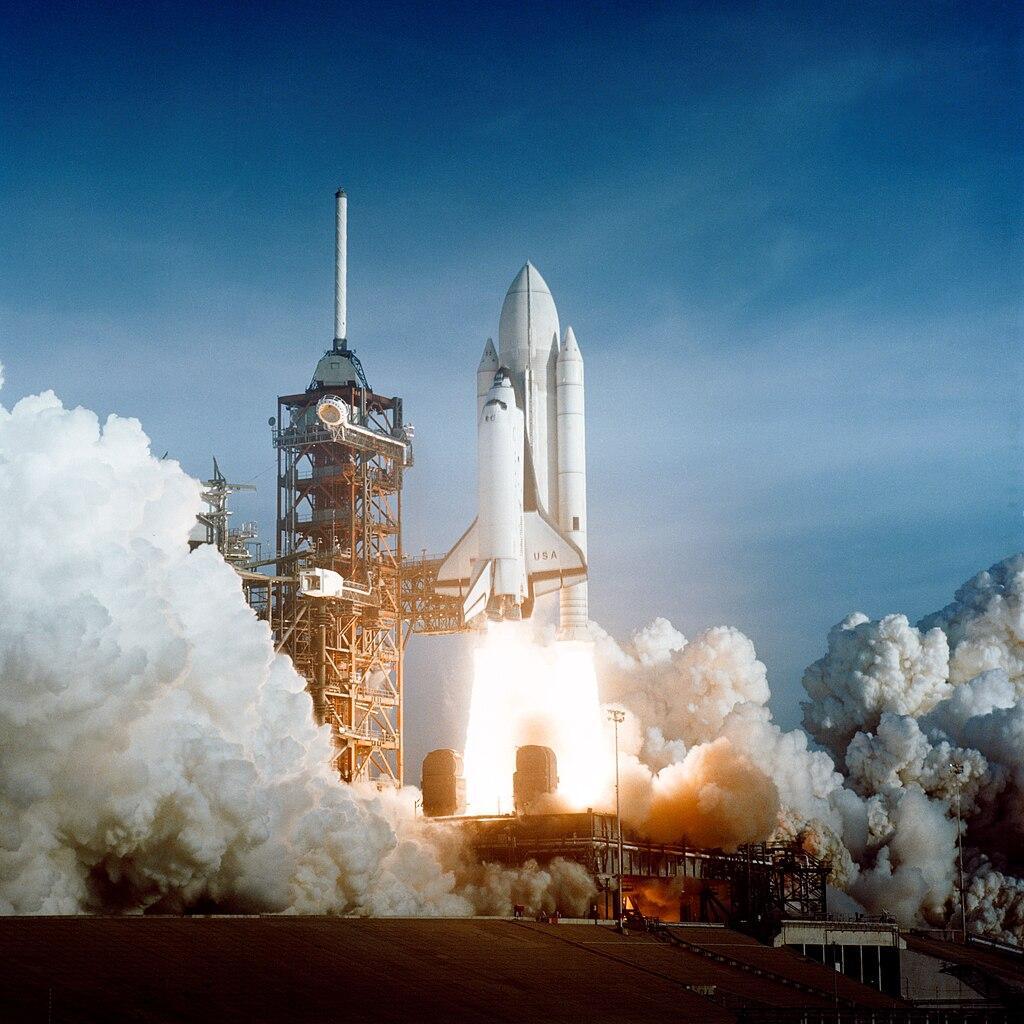
Source: Wikimedia
While the Earth’s atmosphere protects us from these dangers, the ISS provides far less protection, making extended missions particularly hazardous for astronauts like Williams and Wilmore.
The Impact of Prolonged Radiation Exposure
Radiation is an invisible threat in space. The longer Williams and Wilmore stay in orbit, the more radiation they are exposed to, which could have long-term health implications.
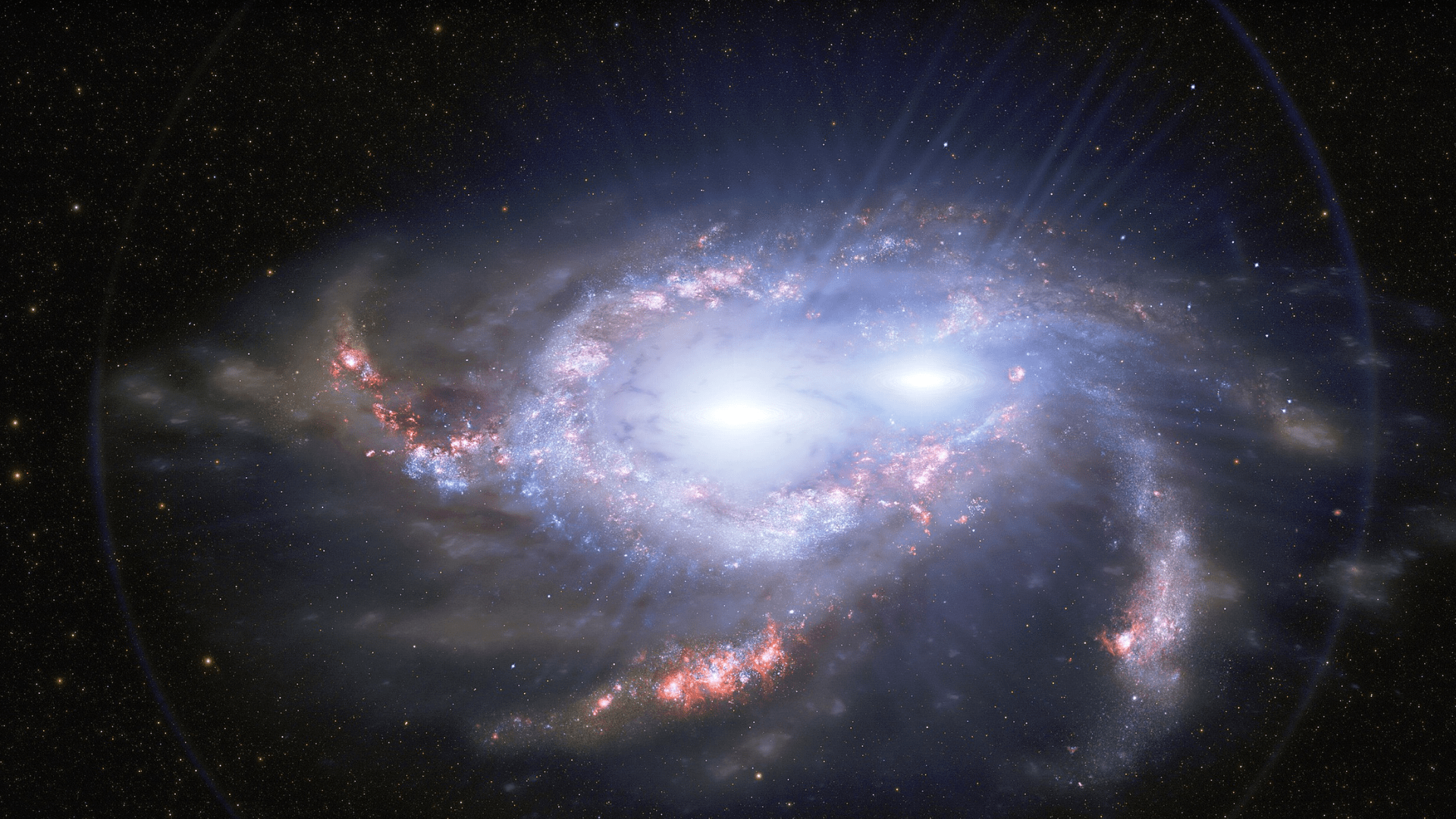
International Gemini Observatory/Wikimedia Commons
NASA monitors this closely, but the risk of developing conditions like cancer increases with every day they spend outside the protection of Earth’s atmosphere.
The Toll on Bones and Muscles
Zero gravity might sound fun, but it comes with a cost. Astronauts can experience a loss of bone density and muscle mass of at least 1% every month due to the lack of gravity.
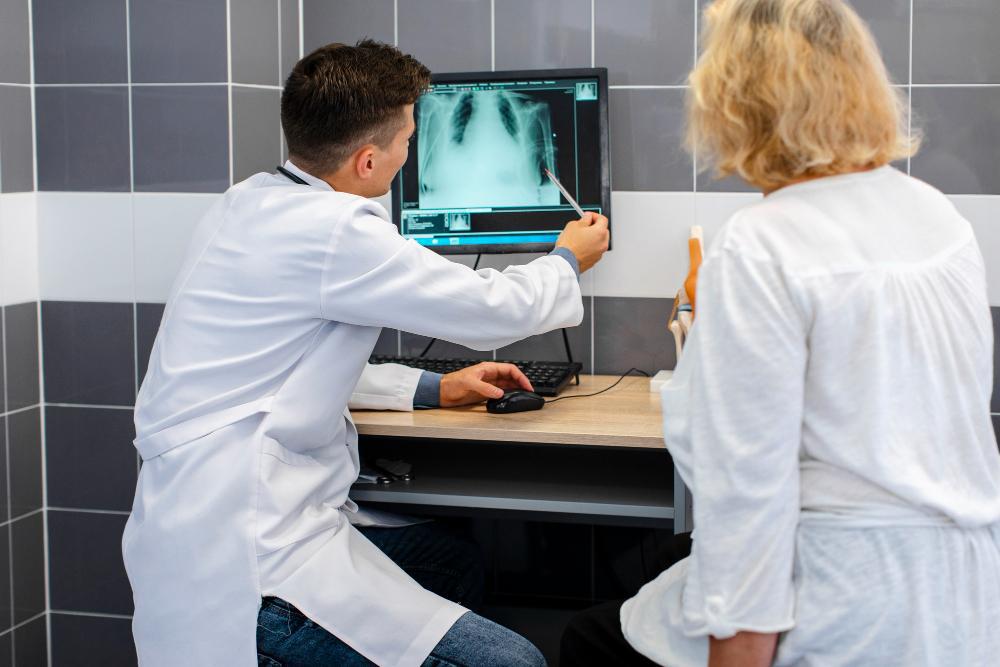
Source: Freepik
Williams and Wilmore will need to exercise at least two hours daily to combat this, but even then, they could face long-term consequences like weakened bones and decreased muscle strength upon their return to Earth.
Eyesight Changes in Space
One of the more surprising effects of space travel is its impact on vision. Without gravity, blood collects in the head, putting pressure on the eyes and leading to Space-Associated Neuro-Ocular Syndrome (SANS).
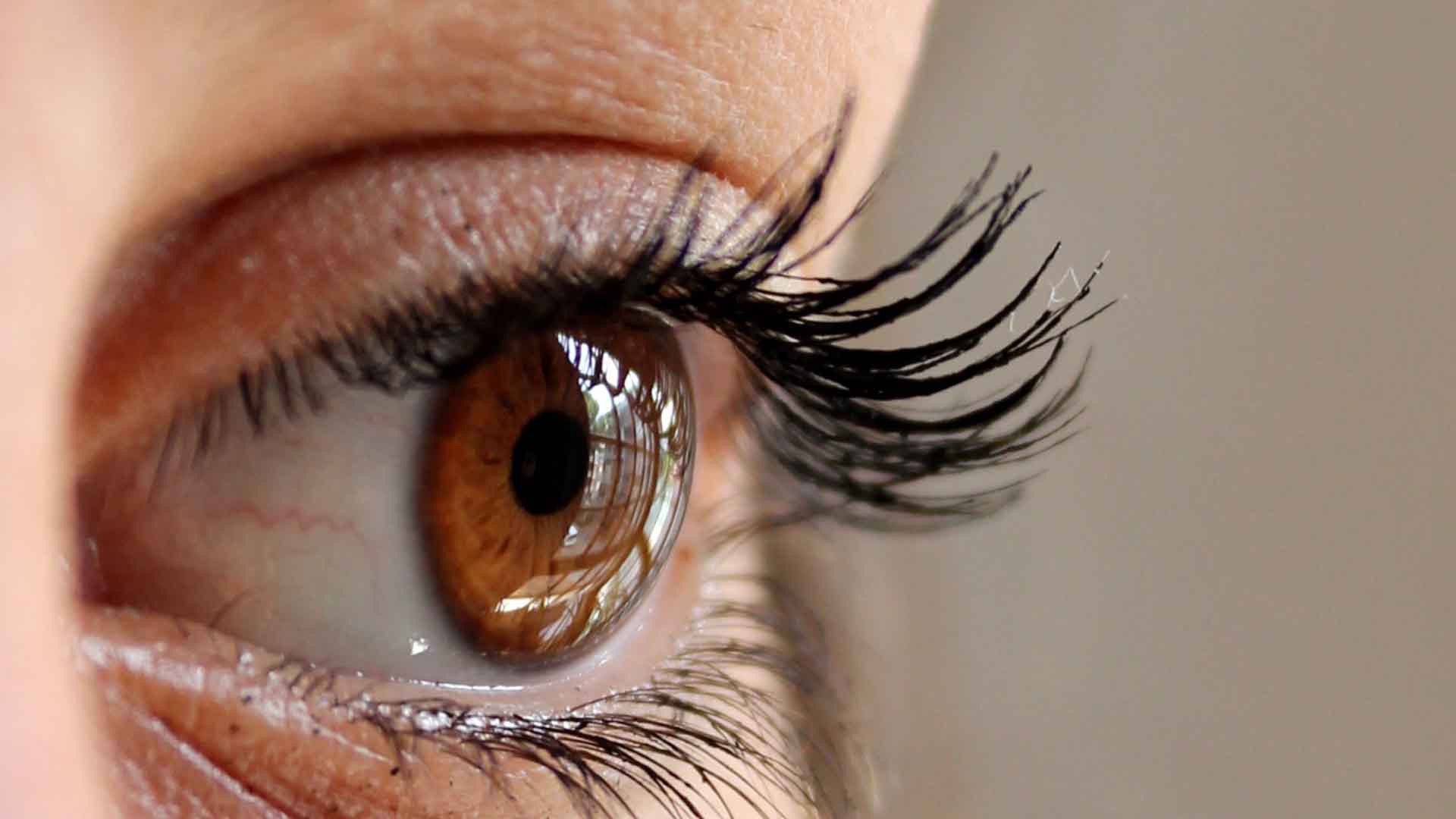
Source: Pixabay/Pexels
This condition can cause the eyeballs to flatten, resulting in blurred vision. For Williams and Wilmore, these changes could begin to manifest after just two weeks in space.
A Shrinking Heart
In space, even the heart isn’t immune to the effects of zero gravity. The lack of gravitational force leads to a decrease in blood volume and lung capacity, causing the heart muscle to shrink.

Source: Freepik
Upon returning to Earth, astronauts often face challenges as their hearts struggle to adjust to gravity again. This could be a major concern for Williams and Wilmore after their extended stay.
Digestive Challenges in Space
Zero gravity doesn’t just affect the heart and muscles — it also impacts digestion. Food moves more slowly through the digestive system in space, often leading to constipation.
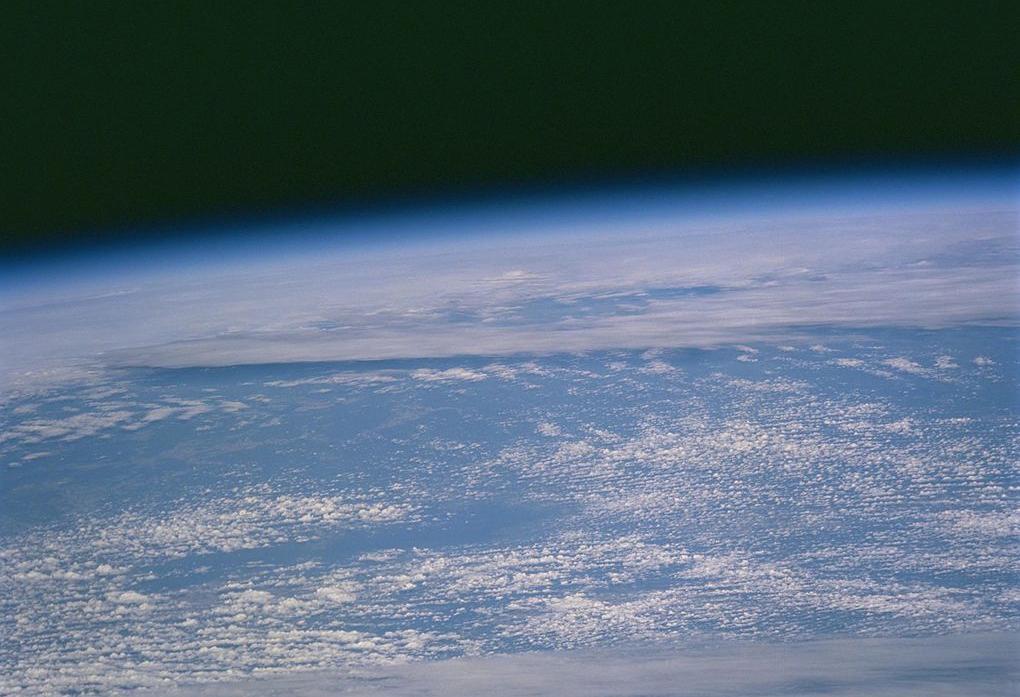
Source: Wikimedia
Astronauts like Williams and Wilmore must adhere to a special diet to manage these effects, and they could lose up to 5% of their body weight during their time on the ISS.
Mental Health Challenges
Living in the confined environment of the ISS for months on end can take a toll on mental health. Isolation, the monotony of routine, and the stress of being far from Earth can lead to feelings of anxiety and depression.
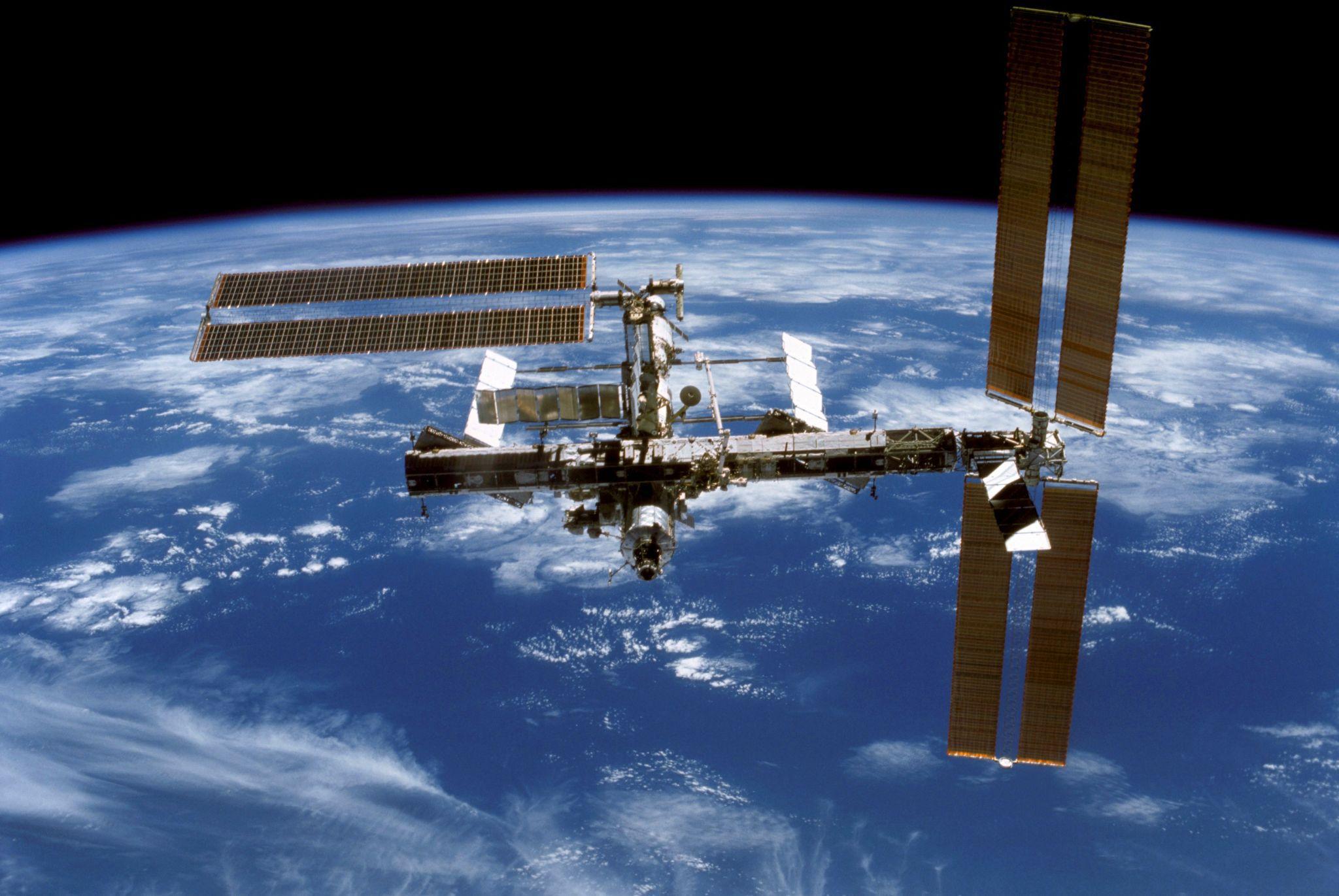
Source: Wikimedia
Williams and Wilmore will need to rely on their training and support systems to maintain their mental well-being during this extended mission.
Lessons from Frank Rubio’s Record-Breaking Flight
NASA astronaut Frank Rubio recently returned to Earth after 371 days in space, the longest single spaceflight by an American. His experience offers valuable insights into the effects of long-term space travel.
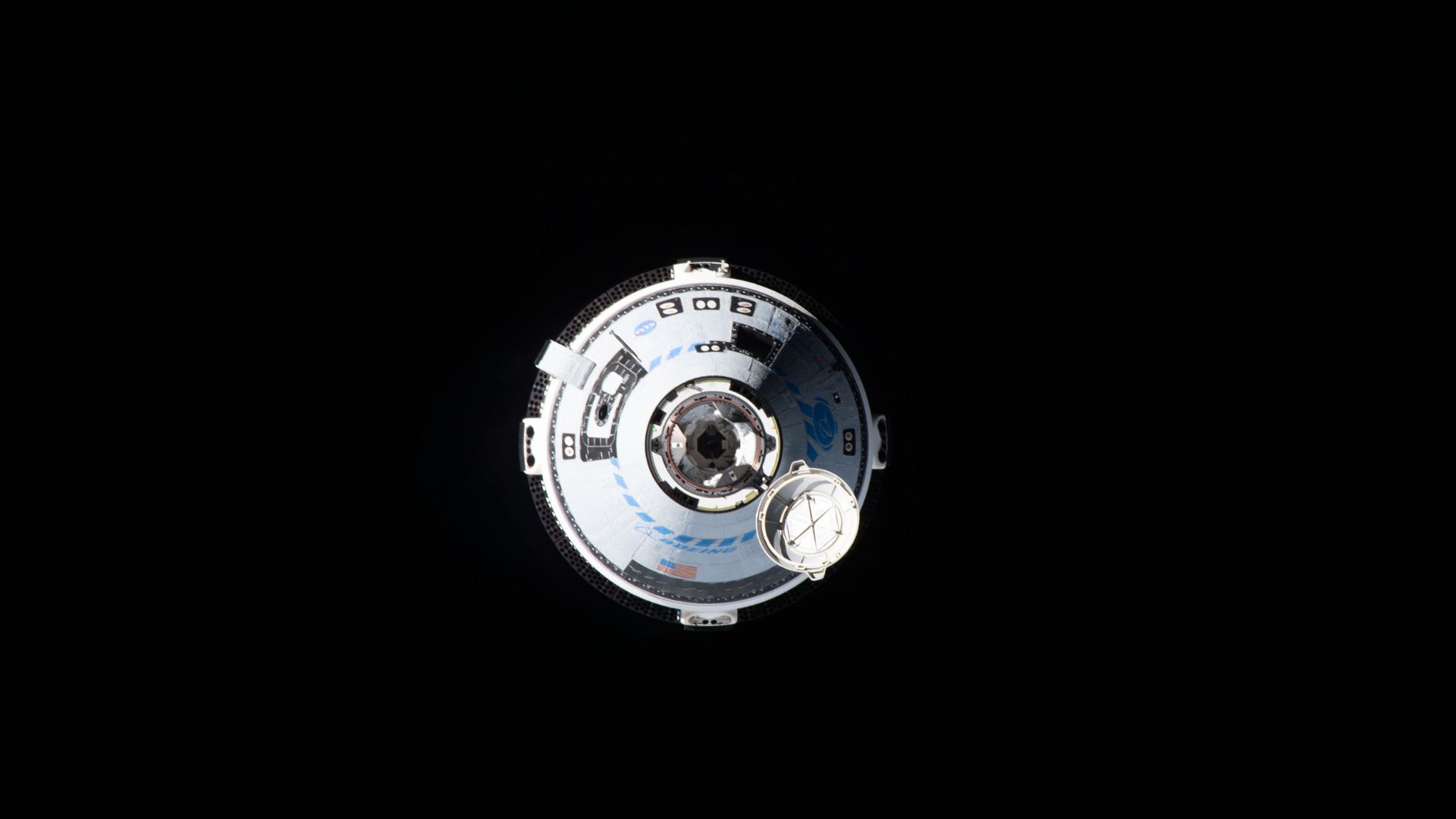
Source: Bob Hines/NASA/Wikimedia Commons
Researchers are closely studying his health data, which could provide crucial information for Williams and Wilmore as they face a similarly extended mission.
Preparing for the Return to Earth
NASA is already planning for the eventual return of Williams and Wilmore. When they do come back to Earth, likely in February 2025, they will face a host of physical challenges as their bodies readjust to gravity.
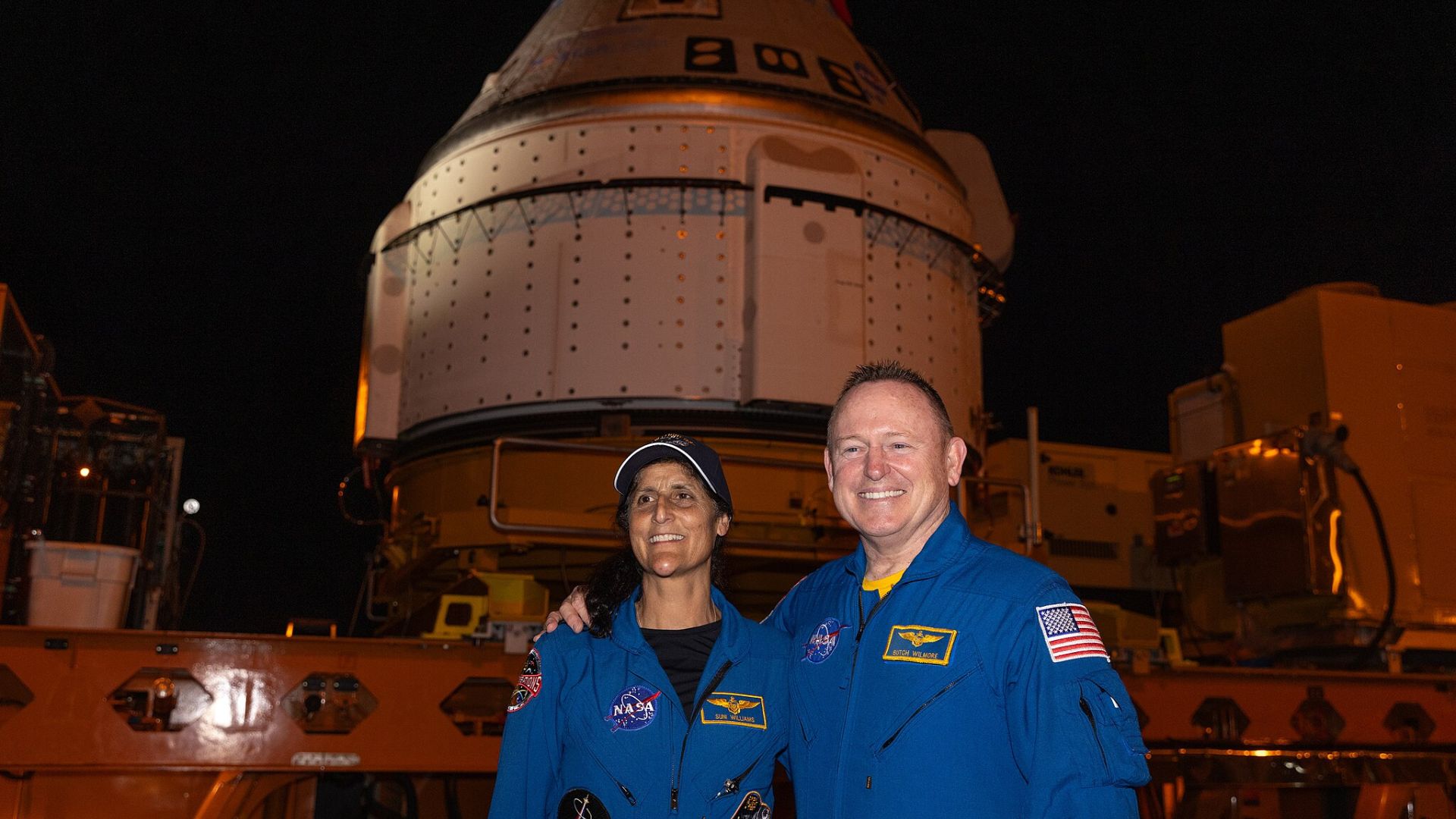
Source: NASA/Kim Shiflett/Wikimedia Commons
Rehabilitation will be a key part of their post-mission recovery, helping them regain strength and adapt to life on Earth once again.
The Future of Long-Term Space Travel
As NASA looks ahead to missions to the Moon and Mars, the experiences of astronauts like Williams and Wilmore are invaluable.
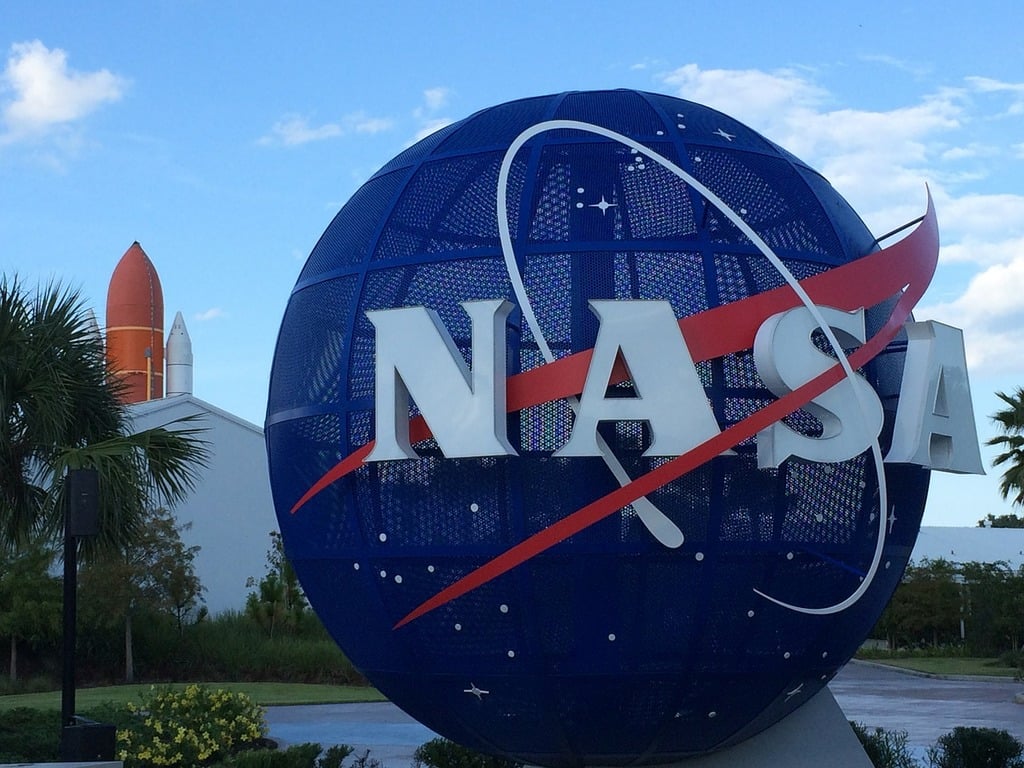
Source: Picryl
Understanding how the human body responds to extended periods in space will be critical for ensuring the safety and success of future missions, which may last even longer than the eight months these astronauts are expected to spend in orbit.
SpaceX to the Rescue
SpaceX’s Dragon capsule will launch to the ISS in February 2025 to retrieve the two astronauts. The decision represents a vote of confidence in SpaceX, which won the race to ferry astronauts with a yearslong lead.
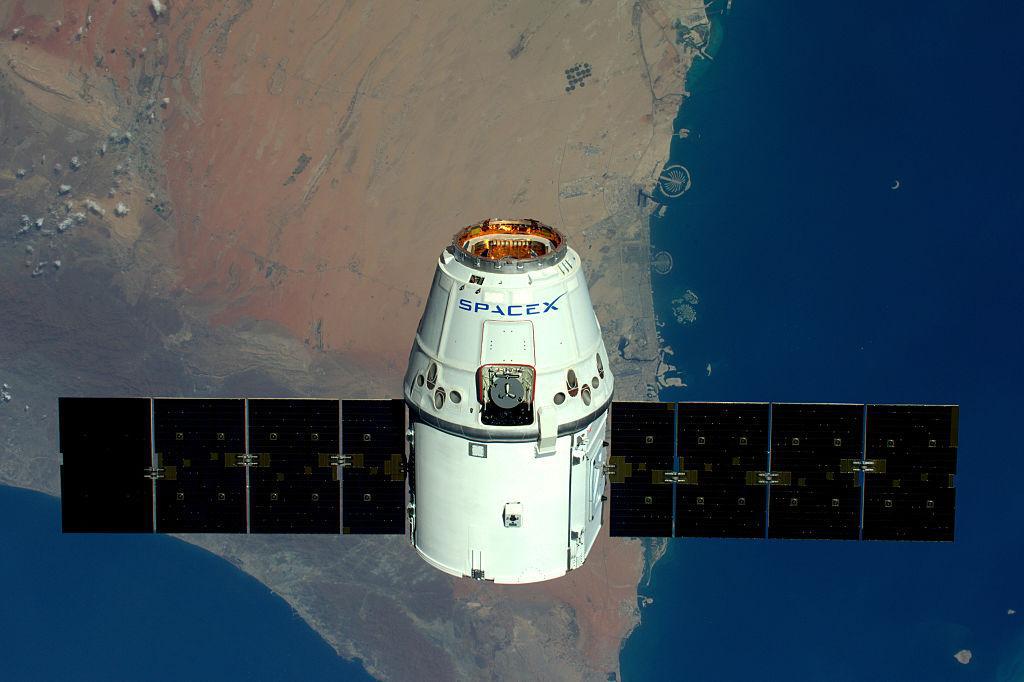
Source: Tim Peake / ESA/NASA via Getty Images
By relying on SpaceX for this crucial task, NASA underscores its confidence in the company’s technology and operational experience. This collaboration also reflects a broader trend in the aerospace industry, where public-private partnerships are becoming essential for advancing space exploration.
NASA Pumps the Breaks
NASA remains unsatisfied that Boeing engineers understand the thruster situation well enough to entrust the agency’s astronauts to the Starliner. Instead, the ship will return to Earth without anyone inside.
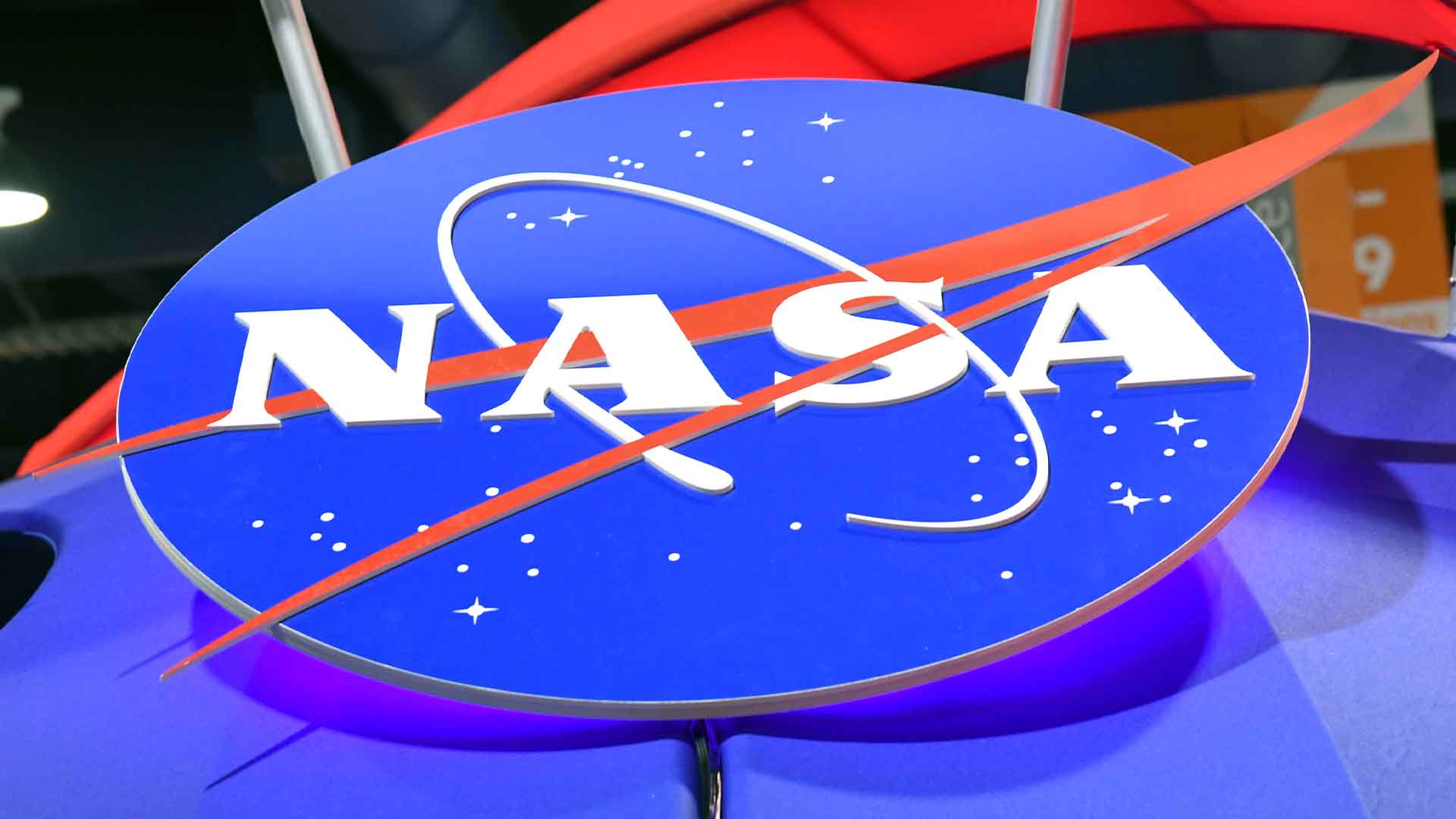
Source: Ethan Miller/Getty Images
A dozen offices at NASA made this decision, which will set the company back on its plans to have two reliable crew vehicles that can routinely carry astronauts into space.
The Starliner Returns
In the upcoming weeks, the Starliner will fly home empty. Wilmore and Williams will remain in orbit for another six months, preparing the Starliner for departed in early September.

Source: Bob Hines/NASA/Wikimedia Commons
The empty capsule with sail through Earth’s atmosphere for a planned touchdown in the Utah desert.
The “Least Risky Option”
The awkward optics of the new place to return the astronauts’ home beats the alternative according to a political scientist at the School of Advanced Air and Space Studies in Alabama.

Source: Wikimedia
“The hit would have been worse if they had made a decision that put astronauts’ lives in danger,” Whitman Cobb says. “I think this is probably the least risky option for NASA at this point.”
Prioritizing Safety
While Boeing did not have a representative to talk on behalf of the company at NASA’s news conference, the company did issue a statement.

Source: Freepik
“We continue to focus, first and foremost, on the safety of the crew and spacecraft. We are executing the mission as determined by NASA, and we are preparing the spacecraft for a safe and successful uncrewed return,” the statement read.
NASA’s Past Tragedies
NASA is no stranger to considering the lives of its astronauts in its decision-making process, and agency officials often discuss how the Challenger disaster in 1986 and the Columbia disaster in 2003 have influenced their “safety culture.”
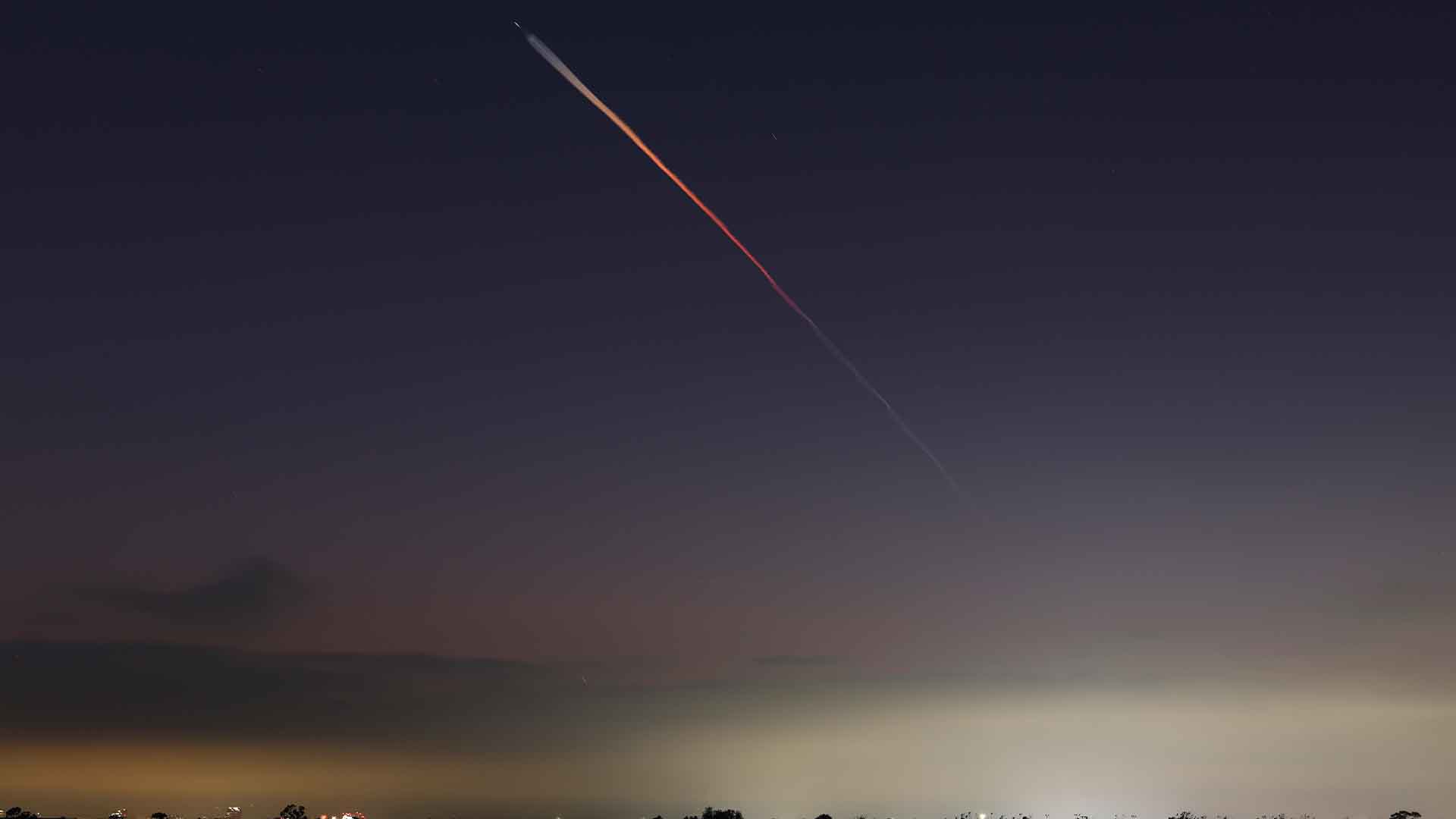
Source: Kevin Carter/Getty Images
During Saturday’s news conference, Nelson mentioned the loss of the shuttle crews and the impact these tragedies have had on NASA’s culture. Some experts have questioned whether the rise of commercial space missions might complicate safety standards since NASA operated both shuttles entirely.
Future Missions
In about a month, SpaceX will launch its planned Crew-9 mission with only two crewmembers instead of the originally assigned four.
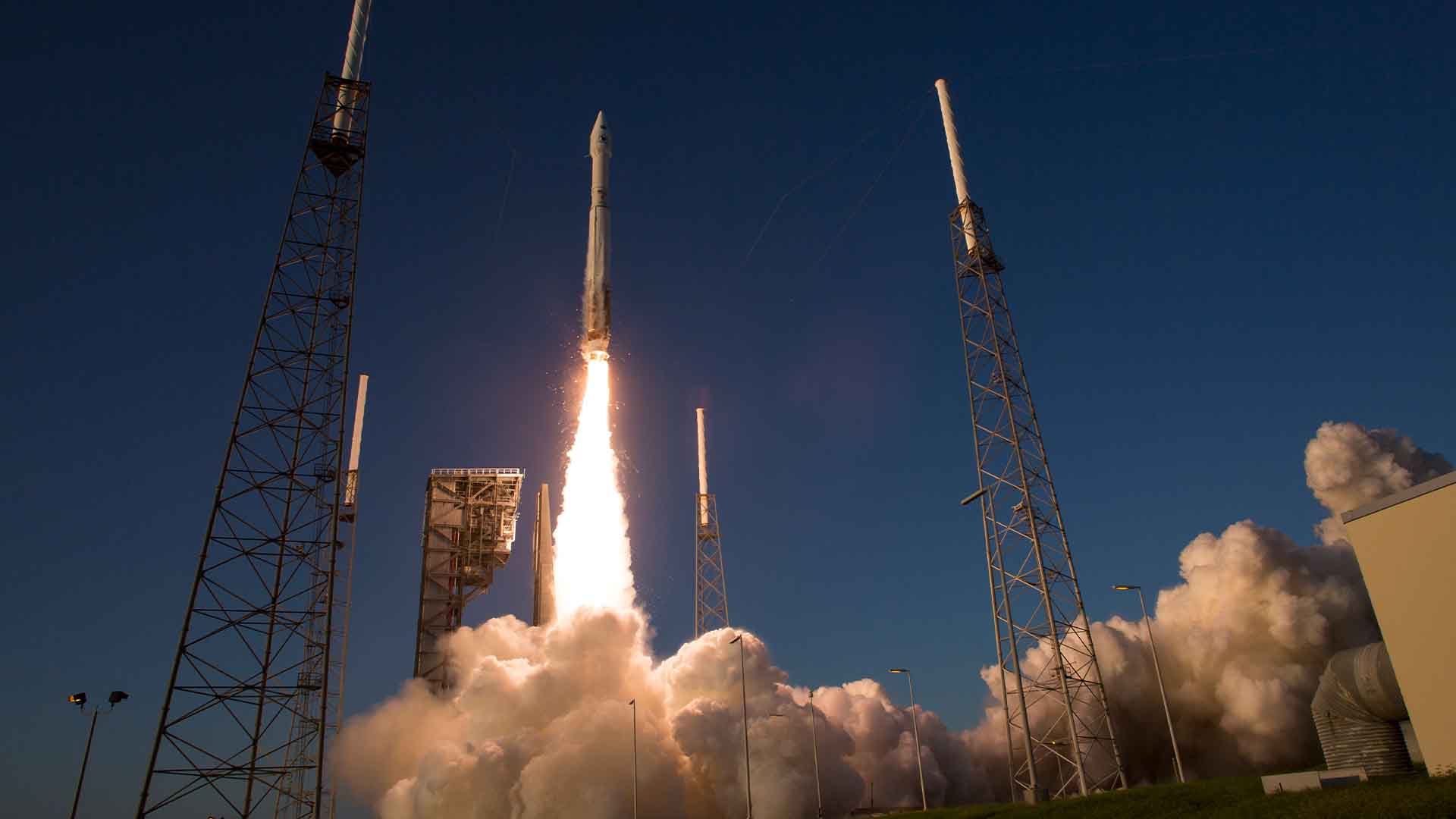
Source: Joel Kowsky/NASA via Getty Images
Wilmore, Williams, and their two new crewmates will spend a standard six-month mission in orbit, conducting various scientific experiments before returning to Earth in early 2025.
Boeing Struggles with Starliner
The contracts with Boeing and SpaceX aimed to have astronauts launching by 2017—a deadline neither company met.
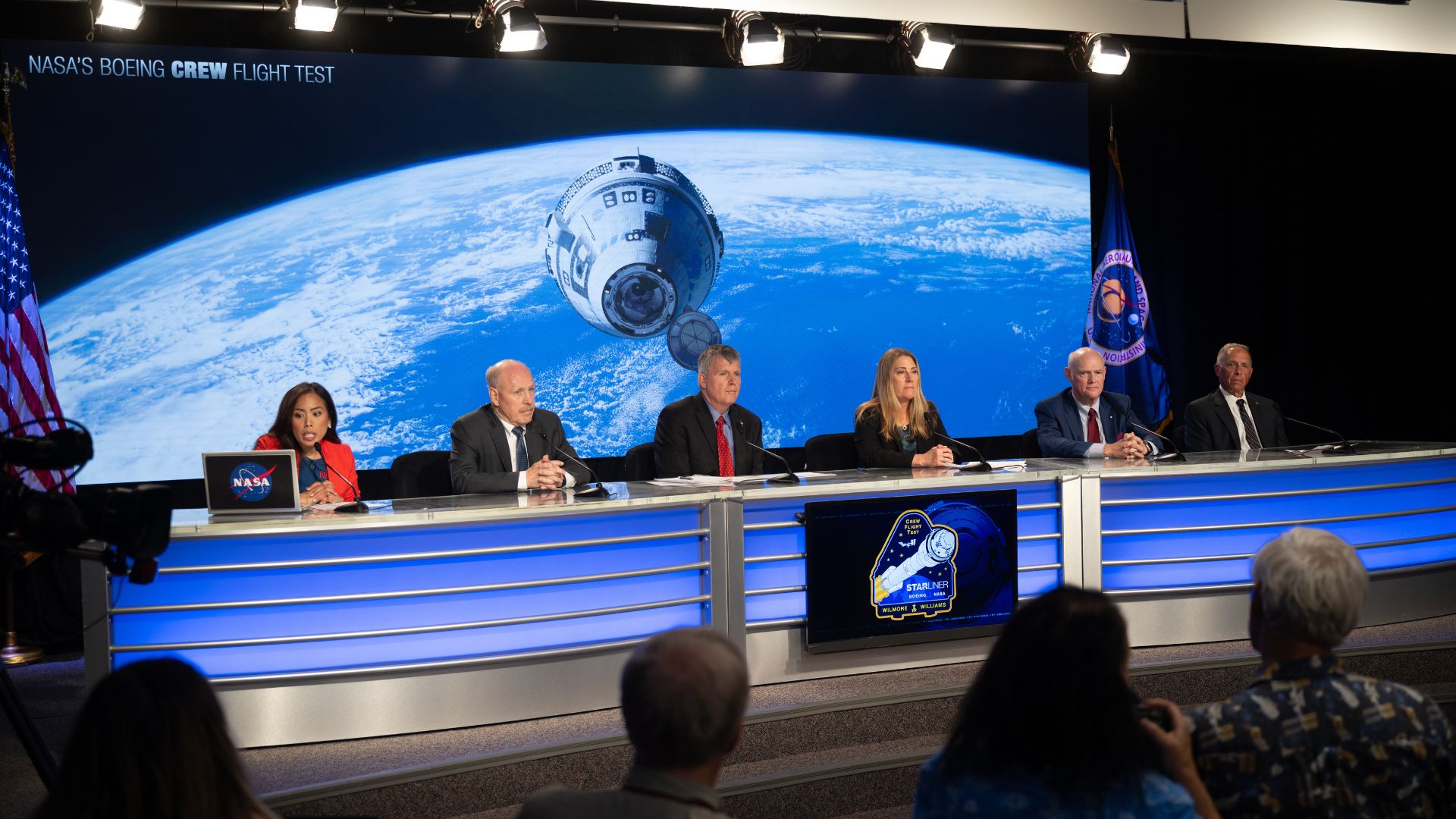
Source: NASA/Joel Kowsky/Wikimedia Commons
Boeing, on the other hand, started from scratch with its Starliner vehicle, encountering numerous difficulties along the way. The company was finally ready for an uncrewed test flight in December 2019, but the spacecraft—now the same capsule in orbit—burned too much fuel shortly after launch, preventing it from reaching the International Space Station.
Boeing Faces Another Problem
Boeing’s empty Starliner return marks yet another setback in a decade marked by challenges for the company. Back in 2014, NASA selected both Boeing and SpaceX to develop spacecraft capable of ferrying astronauts to and from the International Space Station.

Source: Wikimedia
With the retirement of NASA’s shuttle fleet in 2011, a decade into the station’s continuous occupation, the agency found itself in the uncomfortable position of relying on Russia for transportation.
A Decision Awaiting Confirmation
NASA has yet to make a final decision on whether Williams and Wilmore will stay on the ISS until 2025. The agency is analyzing data and weighing the risks and benefits.
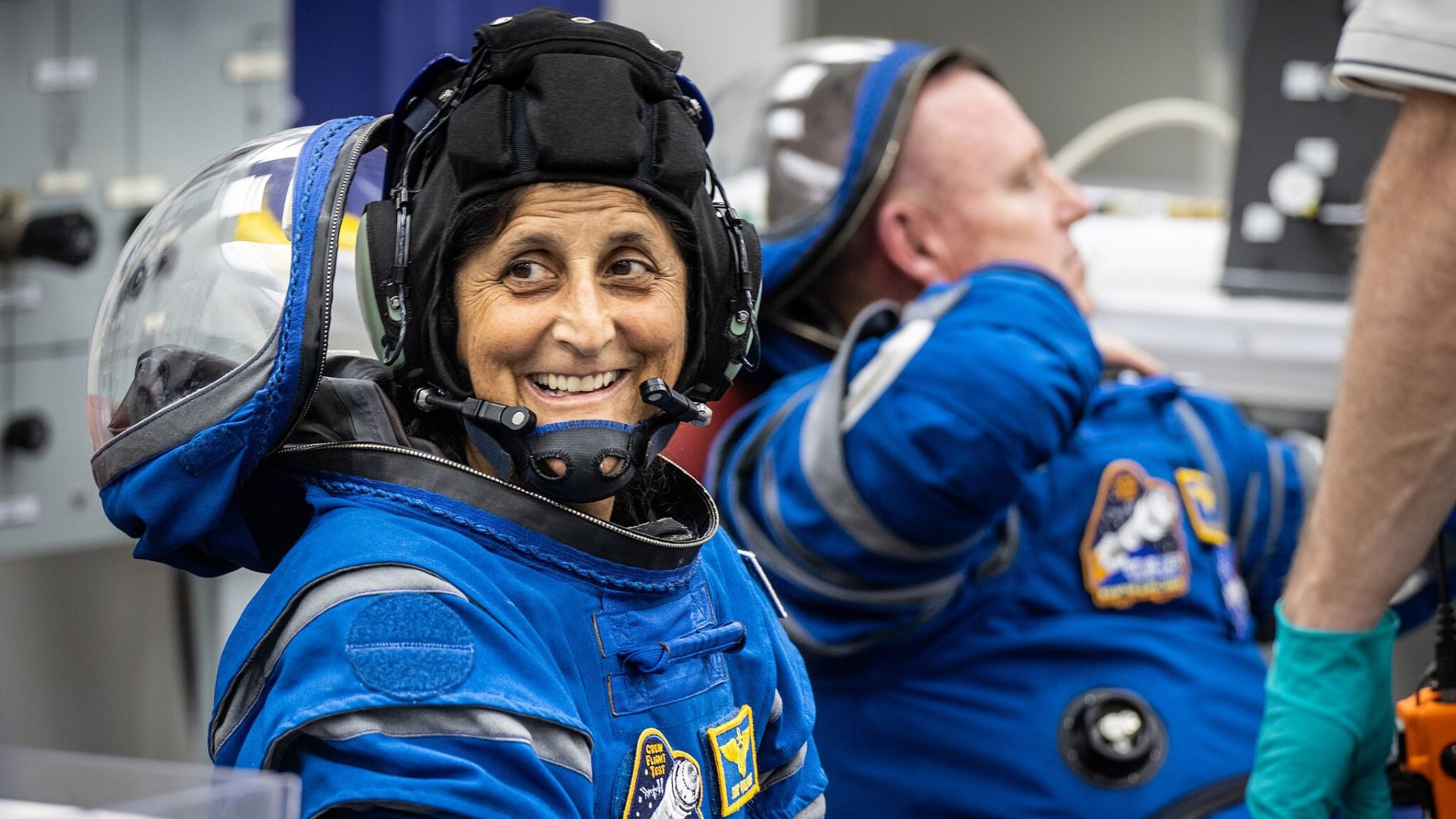
Source: NASA/Wikimedia Commons
Whatever the outcome, their journey highlights the challenges and opportunities of long-term space exploration, providing insights that will shape the future of human spaceflight.
